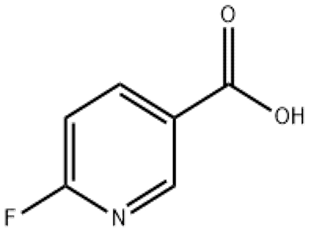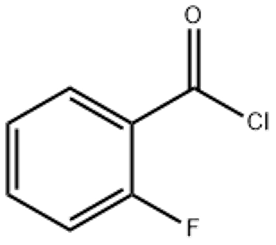Thiophenol(CAS#108-98-5)
| Risk Codes | R10 – Flammable R24/25 - R26 – Very Toxic by inhalation R41 – Risk of serious damage to eyes R36/37/38 – Irritating to eyes, respiratory system and skin. |
| Safety Description | S23 – Do not breathe vapour. S26 – In case of contact with eyes, rinse immediately with plenty of water and seek medical advice. S28 – After contact with skin, wash immediately with plenty of soap-suds. S36/37/39 – Wear suitable protective clothing, gloves and eye/face protection. S45 – In case of accident or if you feel unwell, seek medical advice immediately (show the label whenever possible.) S28A - S16 – Keep away from sources of ignition. |
| UN IDs | UN 2337 6.1/PG 1 |
| WGK Germany | 3 |
| RTECS | DC0525000 |
| FLUKA BRAND F CODES | 10-13-23 |
| TSCA | Yes |
| HS Code | 29309099 |
| Hazard Note | Toxic/Stench |
| Hazard Class | 6.1 |
| Packing Group | I |
Introduction
Phenophenol, also known as benzene sulfide, is a colorless to light yellow liquid. The following is an introduction to the properties, uses, preparation methods and safety information of phenol:
Quality:
- Appearance: Phenophenol is a colorless to light yellow liquid with a peculiar thiophenol smell.
- Solubility: Phenophenol is insoluble in water, but soluble in many organic solvents such as alcohols, ethers, alcohol ethers, etc.
- Reactivity: Phenophenol is electrophilic and can undergo acid-base neutralization, oxidation, and substitution.
Use:
- Chemical industry: Phenophenol can be used as an intermediate in the production of dyes, plastics, and rubber.
- Preservatives: Phenol has certain antibacterial, mold inhibition and antiseptic functions, and is widely used in wood protection, paints, adhesives and other fields.
Method:
Phenol can be prepared by the reaction of benzenesulfonyl chloride with sodium hydrosulfide. In the reaction, benzenesulfonyl chloride reacts with sodium hydrogen sulfide to form benzene mercaptan, which is then oxidized to obtain phenylthiophenol.
Safety Information:
- Phenophenol is irritating and may cause inflammation in contact with the skin or eyes. Direct contact with skin and eyes should be avoided when using thiophenol, and protective gloves and goggles should be worn if necessary.
- Phenophenol is toxic to the environment and should be avoided for large-scale leakage and discharge into water sources or soil.
- Phenophenol is volatile and may cause symptoms such as dizziness and nausea if exposed to it in an unventilated environment for a long time. A well-ventilated working environment should be maintained when using phenothiophenol.








